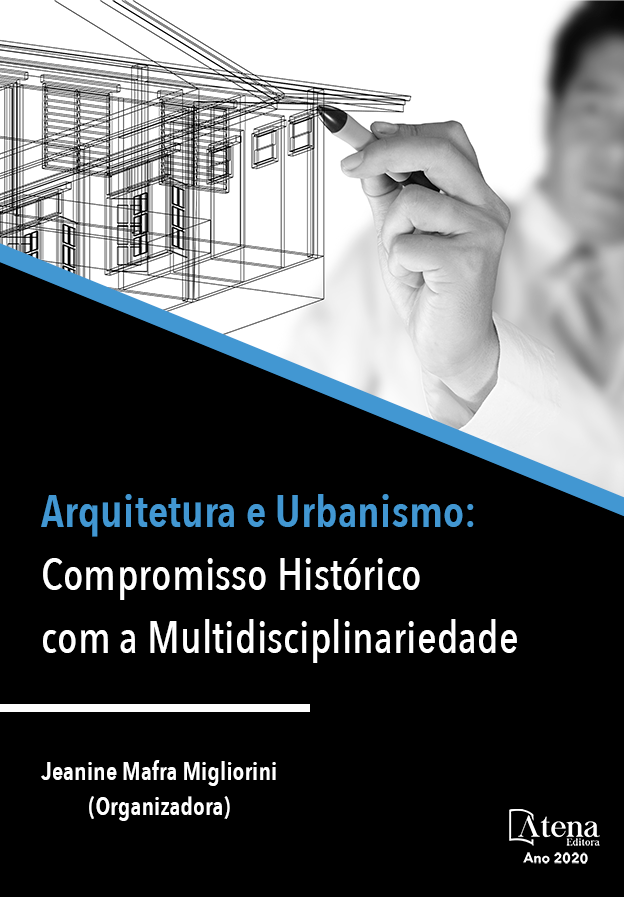
PATRIMÔNIO IMATERIAL E PAISAGEM CULTURAL NA FESTA DO DIVINO ESPÍRITO SANTO DE PIRACICABA.
Patrimônio Imaterial da cidade de Piracicaba, a Festa do Divino Espírito Santo teve sua primeira realização há mais de 190 anos. Atualmente, é realizada na primeira quinzena do mês de julho, com a duração de uma semana, na qual é promovido um grande número de eventos religiosos, festivos e econômicos, como por exemplo: celebrações de derrubada e benção de barcos, celebrações das bandeiras, benção das casas, tríduo solene, procissões, jantares, leilões, salva de morteiros, festanças folclóricas (congada, cana verde, dança dos tangarás, cateretê), entre outras manifestações individuais e coletivas, já caracterizadas e reconhecidas como patrimônio imaterial municipal. Desde os primeiros registros que situam o culto ao Divino no início do século XIX, é possível perceber sua evolução e as mais variadas mudanças em sua programação no decorrer do tempo. Entretanto, um aspecto fundamental da festa que não se alterou é o lugar de sua realização: a Rua do Porto e o Rio Piracicaba. O lugar da festa e sua realização são indissociáveis. A paisagem cultural ali apresentada, apesar de todas as transformações ocorridas no conjunto edificado no decorrer dos anos ainda consegue manter-se perfeitamente como cenário e palco próprio para as festividades.
PATRIMÔNIO IMATERIAL E PAISAGEM CULTURAL NA FESTA DO DIVINO ESPÍRITO SANTO DE PIRACICABA.
-
DOI: 10.22533/at.ed.76420081011
-
Palavras-chave: Festa do Divino Espírito Santo; Piracicaba; Patrimônio Imaterial; Paisagem Cultural.
-
Keywords: Divino Espírito Santo Festivity; Piracicaba; Intangible Heritage; Cultural Landscape.
-
Abstract:
Intangible Heritage of the Piracicaba city, the Divino Espírito Santo Festivity had its first realization more than 190 years ago. Currently, it is held in the first half of the month of July, with the duration of a week, in which a large number of religious, festive and economic events are promoted, such as: celebrations of overturning and blessing of boats, celebrations of the flags, blessing of houses, solemn triduum, processions, dinners, auctions, mortar barracks, folkloric festivities (congada, cana verde, tangarás dance, cateretê), among other individual and collective manifestations, already characterized and recognized as municipal intangible heritage. From the first records that place the cult of the Divine at the beginning of the 19th century, it is possible to notice its evolution and the most varied changes in its programming over time. However, a fundamental aspect of the party that has not changed is the place where it takes place: Porto Street and Piracicaba River. The festivity’s place and its performance are inseparable. The cultural landscape presented there, in spite of all the transformations that have taken place in the ensemble built over the years, still manages to remain perfectly the stage and the proper stage for the festivities.
-
Número de páginas: 11
- Fernando Monteiro Camargo
- Marcelo Cachioni


